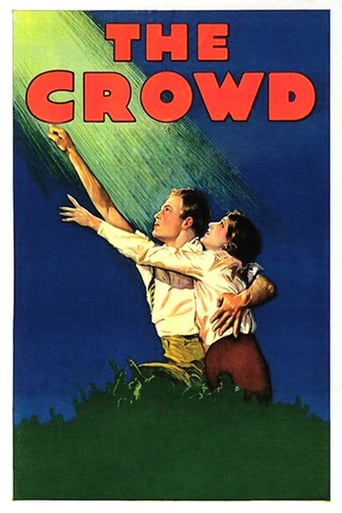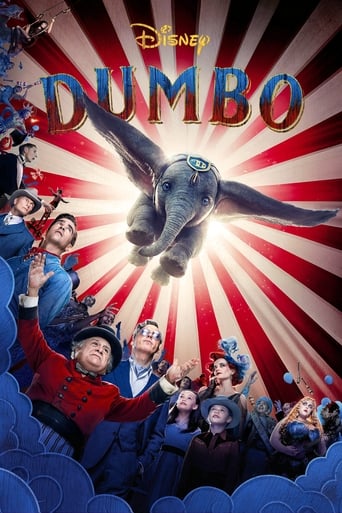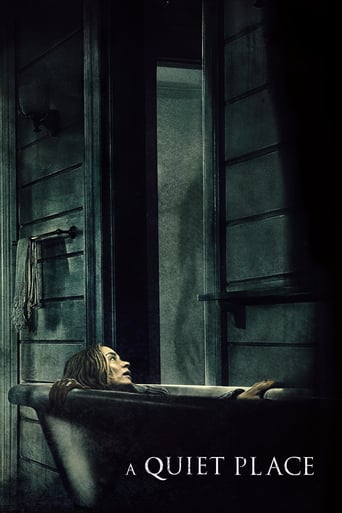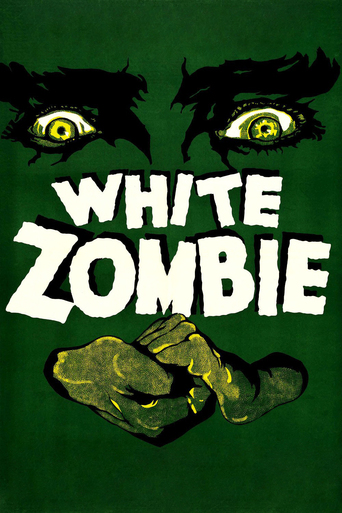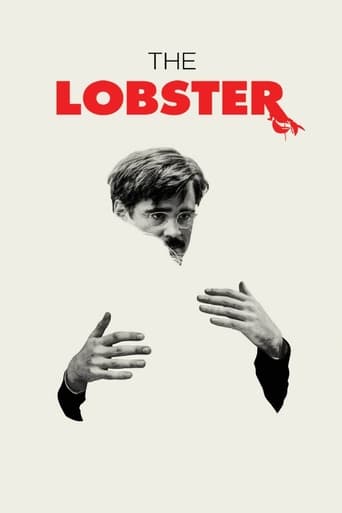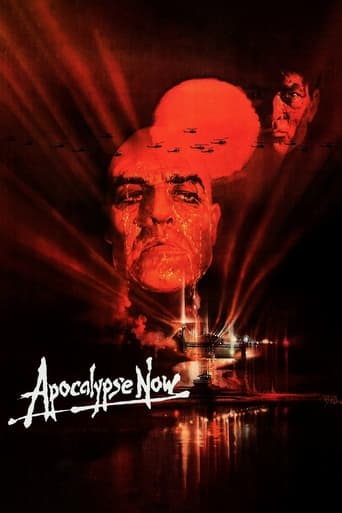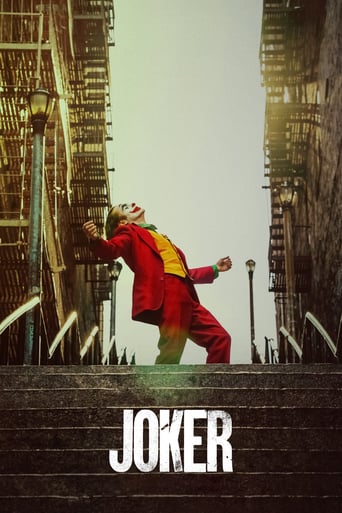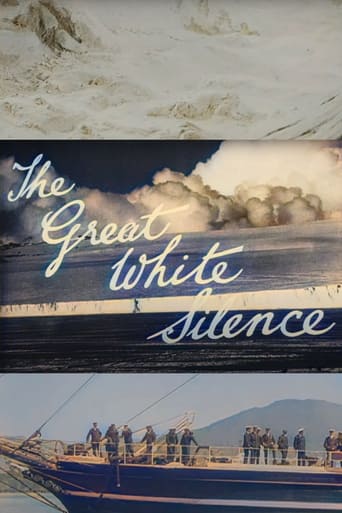


The Great White Silence
Herbert Ponting travelled to Antarctica as part of Captain Scott's ill-fated South pole expedition and shot the footage that makes up this extraordinary documentary.
-
- Cast:


Similar titles

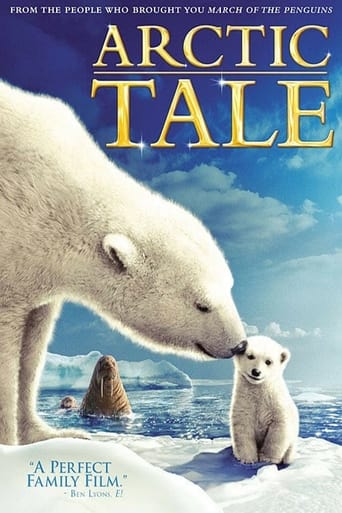
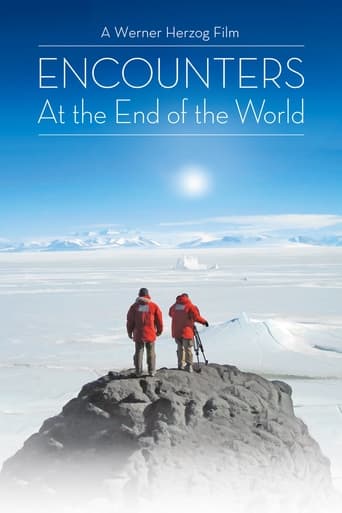
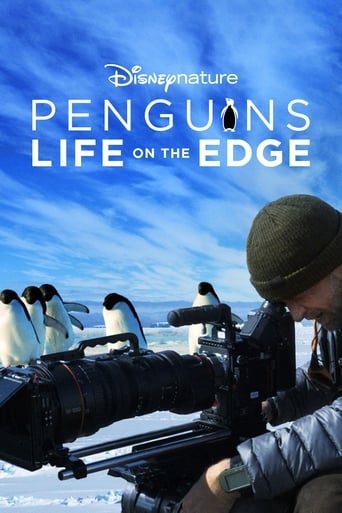
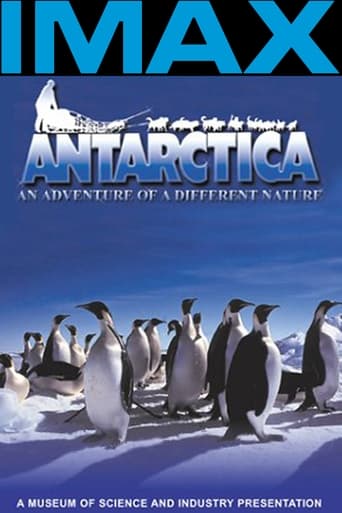
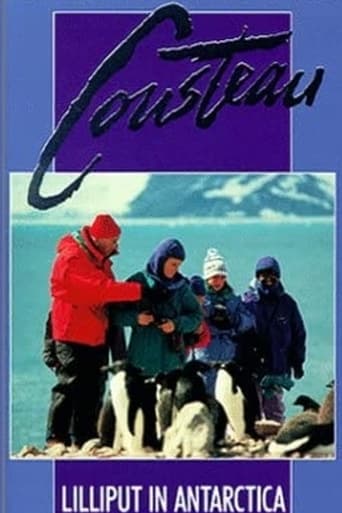
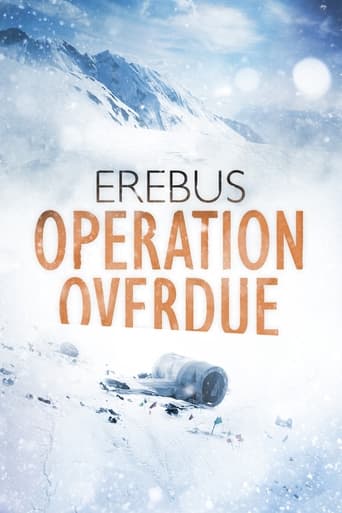
Reviews
Most undeservingly overhyped movie of all time??
if their story seems completely bonkers, almost like a feverish work of fiction, you ain't heard nothing yet.
The movie is wonderful and true, an act of love in all its contradictions and complexity
I think this is a new genre that they're all sort of working their way through it and haven't got all the kinks worked out yet but it's a genre that works for me.
This silent film was one featured near the beginning of the book 1001 Movies You Must See Before You Die, I didn't know what to expect from reading the title, but it sounded like a worthwhile thing to watch. Basically this is a silent documentary about the Terra Nova Expedition, where the British made an effort to plant the British union jack flag on the South Pole, using a group of men, horses (ponies), dogs and primitive snowmobiles hauling sledges. The expedition started from a base located on the Antarctic coastline, all footage was captured at the time of the event, expedition leader was Robert Falcon Scott, he and his men left from New Zealand and sailed into the Southern OCeon and its ice floes. They safely landed on the icy coastline of Ross Island, filmmaker Herbert G. Ponting followed the men setting up tents, practising skiing and preparing to travel southward toward the Pole. The film ends with the explorers pushing off from their base, but title cards remind the viewer that this story has a tragic conclusion, Scott and the four companions never returned from the Pole, but they said that they would die trying to do what man had never done before. This film is interesting with all the footage of the men going through the many icy landscapes and waters, you also see good footage of the wildlife, including killer whales, seals and penguins, but what is really fascinating to watch is the icebergs and other strange ice structures on the journey, it is a worthwhile silent documentary. Very good!
"The Great White South" can be an entertaining account of the Terra Nova Expedition, from Lyttelton, NZ to Antarctica. Watch with a mind's eye that can help you step backward in time, to the thinking of 1910. When watching how the story is pieced together, at first I was a little bothered by the light slap-stick splashed between the scenes that were shown. One bit of information about a certain cat was truly void of political-correctness, which made me bristle. But after a few viewings of the movie I came to actually appreciate the humor, partly by understanding the reason for its use. The cinematography and story-telling shared by Herbert Ponting was based on turn-of-the-19th-century knowledge and thinking - a far cry from where society is today. Keeping this in mind helps one enjoy this piece of cinematic achievement more.I was fooled upon first glance that Mr. Ponting might have joined the actual South Pole expedition as they actually set out in November, 1911, to undertake the quest for the frozen goal. There were still images taken at the Pole, not by Mr. Ponting, but by Lt. Henry Bowers, one of the four men selected. The quips actually became comic relief as the story turns quite chilly, with some plot revelations as the four explorers trudge hundreds of miles, over a two-month period. Allow yourself to step out of your own comfortable shoes and into those of these comrades, and you'll appreciate the story much better. It's a slice of significant world history, in which Mr. Ponting was able to capture, during the journey. It's amazing to learn the back stories of the major characters and how events converged with the trek for the South Pole, and why it also took more than a decade for this film to be completed. Cast out what would be today's poor choice of mingling with wildlife (and otherwise meddling with it) and revel in some enjoyable photography, story-telling and cinematography of its time. One footnote: I watched the BFI-restored film, complete with restored colorizing and tinting (first done by Mr. Ponting himself). Oranges, blues, and odd shades of red seem meant to add a sense of time of day in some scenes, or the color of sea water. It didn't disturb me to see this when realizing that the color was as the filmmaker intended. The soundtrack by Simon Fisher Turner (Soleilmoon Recordings - 2011) was a welcome and haunting treat, which rejected the customary organ music one expects with silent films while adding depth to the visuals.
An extraordinary account of the doomed expedition on the Terra Nova by Captain Robert Falcon Scott to the south pole between 1910 and 1913, by cinematographer, Herbert Ponting. This document follows the ship from New Zealand as it lands on the antarctic coastline where the team set up a camp. Here, Ponting films both the people and their actions, along with the wildlife that inhabits the area. Much of the middle section of the film focuses on the wildlife, documenting the habits of seals, penguins and gulls. Throughout these animal parts, the "narrator" (obviously being a silent film , these narrations are provided within inter titles) almost seems to place human characteristics to them (such as stating that a male penguin searches for his "bride"), his observations at times entertaining and occasionally amusing. Unfortunately, some of the practices for capturing footage seems very archaic to modern viewers, as Ponting often interrupts nature to capture certain footage; a practice that I'm sure David Attenborough would be astounded with. Obviously, Ponting did not follow the five men who set off from camp to reach the south pole. As history is now aware, those men never returned alive. With some incredibly stunning images of polar caps, icebergs etc, the film is a beauty to behold. Unfortunately, the film was not really successful at the time, and Ponting died in poverty 10 years after its release. However, the British Film Institute has released the film in a beautiful digital transfer that means that this film of historical importance may live on for future generations to enjoy.
This film is a true inspiration. The level of patience and care that has gone into capturing these stunning images in the frozen wastes of the Antarctic, way back in the early days of cinematography - 1912, is amazing.It's beautifully shot and edited, (recently cleaned up for the BFI), with a suitable score which gives the film a playful tone- especially as Ponting spends time following the penguins, which was comical.Towards the end the film becomes much more emotional and by this point you truly realise the scale of the expedition, the sacrifices made and how brave Captain Scott, the explorers and Ponting with his camera were to undertake such a daring journey.

